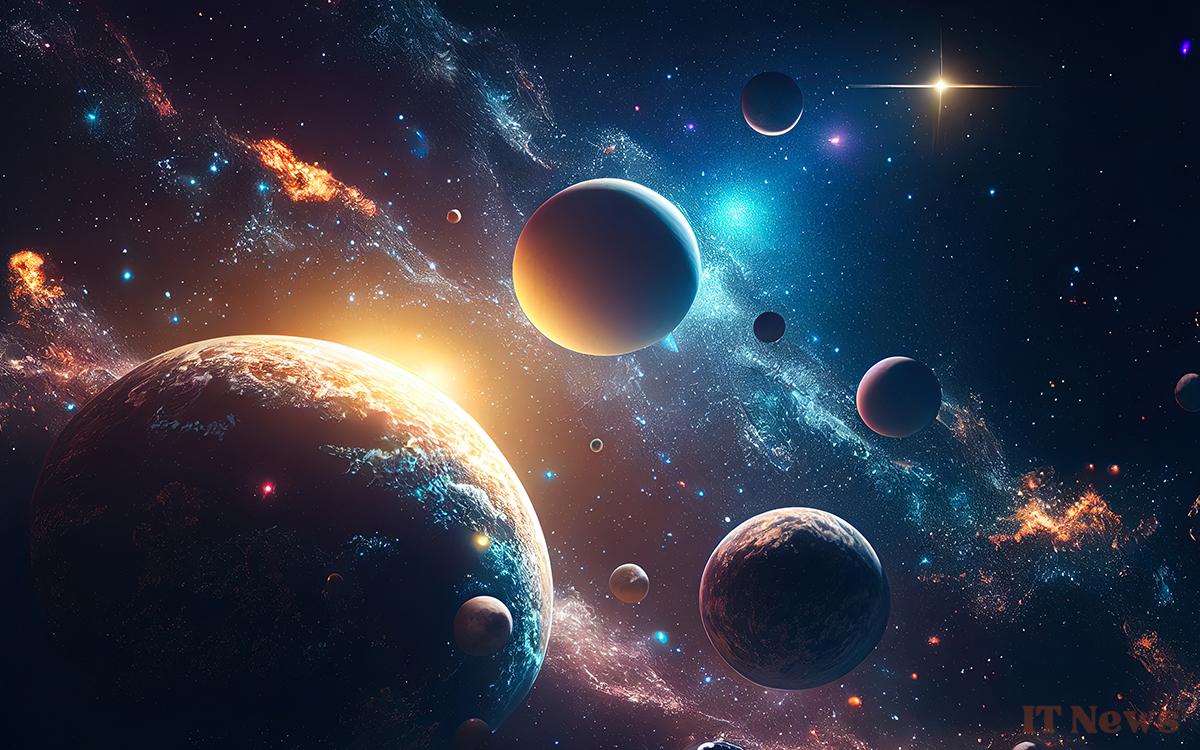The James Webb Space Telescope continues to unlock the secrets of the Universe. A recent observation detected water ice around a star 155 light-years away. This discovery could reveal a lot about the formation of distant worlds.
Since its commissioning, the James Webb Space Telescope has made a string of major discoveries. It recently observed the asteroid 2024 YR4, which was briefly monitored closely due to a possible risk of collision with Earth. It has also made it possible to detect carbon dioxide in the atmospheres of exoplanets, a key gas for understanding the chemical mechanisms that support life. Thanks to its unparalleled precision, it continues to reveal the behind-the-scenes details of the birth and evolution of planetary systems.
It is in this context that James Webb has just revealed the presence of water ice in a debris disk around the star HD 181327, located 155.6 light-years away. According to the journal Nature, this disk is made up of pieces of ice, dust, and probably comet nuclei. The icy particles detected are tiny, similar to those present in the rings of Saturn. They are thought to have originated from collisions between small bodies formed in the coldest regions of the system.
James Webb finds ice where planets could be born
The concentration of ice is particularly marked between 105 and 120 AU, a distance more than three times that of Pluto. At this location, ice represents up to 21% of the detected disk mass. This reservoir could play a role in the formation of giant planets or in the supply of water to possible rocky planets. Although none have yet been detected around HD 181327, the conditions seem ripe for their appearance.
Despite the star's ultraviolet rays, which should melt the ice, it persists. Researchers believe that it is constantly renewed by impacts between comets, micrometeorites, and other fragments of rock. This mechanism, already observed in our own Kuiper Belt—an icy region located beyond Neptune and populated by small bodies like Pluto—could also produce gases such as carbon monoxide and dioxide, also detected by the instruments. With this observation, James Webb proves that he is capable of identifying ice reserves in other star systems, a crucial step forward in understanding how distant worlds are born.




0 Comments